P&H McLane has reported profit well ahead of target in its first full year of trading following the £172m management buyout in February last year.
Chairman Christopher Adams said the £13.5m profit before tax exceeded the MBO target by £4.1m due to a good trading performance and substantial cost reduction. Operating profit before goodwill amortisation was £23m.
Adams said: “I am delighted with these results. The MBO has generated focus and drive in the organisation. It is not that people work harder. They achieve more and they achieve better, and that has led to the improvement in performance.”
A recent survey by The Times ranked P&H McLane the second largest unlisted company in the
UK in terms of turnover. However, with a gross margin of less than 0.5% on its £3.5bn turnover, Adams warned: “Extremely tight control of revenue and cost has been and continues to be of paramount importance. There is always that caveat in wholesaling where margins are so tight and it is very easy to lose profitability.” Adams cautioned that sales were likely to be adversely affected by declines in tobacco and phonecards, but said growth opportunities had been identified in both the multiple and independent sectors.
He said: “In the multiple sector, there are further opportunities for us to win accounts with oil companies, and where we are already the supplier there are additional opportunities to win further business.”
He said there were also opportunities for P&H to increase its business with multiple grocers operating convenience stores on the oil company’s forecourts.
P&H already supplied tobacco to many such sites, he said, but there was an opportunity to offer a full service package including non-tobacco lines such as confectionery and crisps and snacks.
In the independent sector he said the group’s symbol operation was showing encouraging growth, although he conceded it was some way behind the largest symbol groups in terms of store numbers.
The company was also using information on its customers’ buying patterns, said Adams, to target profitable business with unaffiliated retailers.
The company’s recently developed van sales operation had also achieved a profit for the first time, said Adams, and was showing growth in sales to independent retailers and the foodservice sector.
John Wood
Chairman Christopher Adams said the £13.5m profit before tax exceeded the MBO target by £4.1m due to a good trading performance and substantial cost reduction. Operating profit before goodwill amortisation was £23m.
Adams said: “I am delighted with these results. The MBO has generated focus and drive in the organisation. It is not that people work harder. They achieve more and they achieve better, and that has led to the improvement in performance.”
A recent survey by The Times ranked P&H McLane the second largest unlisted company in the
UK in terms of turnover. However, with a gross margin of less than 0.5% on its £3.5bn turnover, Adams warned: “Extremely tight control of revenue and cost has been and continues to be of paramount importance. There is always that caveat in wholesaling where margins are so tight and it is very easy to lose profitability.” Adams cautioned that sales were likely to be adversely affected by declines in tobacco and phonecards, but said growth opportunities had been identified in both the multiple and independent sectors.
He said: “In the multiple sector, there are further opportunities for us to win accounts with oil companies, and where we are already the supplier there are additional opportunities to win further business.”
He said there were also opportunities for P&H to increase its business with multiple grocers operating convenience stores on the oil company’s forecourts.
P&H already supplied tobacco to many such sites, he said, but there was an opportunity to offer a full service package including non-tobacco lines such as confectionery and crisps and snacks.
In the independent sector he said the group’s symbol operation was showing encouraging growth, although he conceded it was some way behind the largest symbol groups in terms of store numbers.
The company was also using information on its customers’ buying patterns, said Adams, to target profitable business with unaffiliated retailers.
The company’s recently developed van sales operation had also achieved a profit for the first time, said Adams, and was showing growth in sales to independent retailers and the foodservice sector.
John Wood



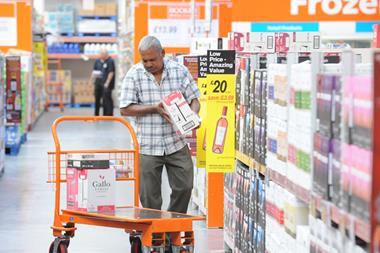


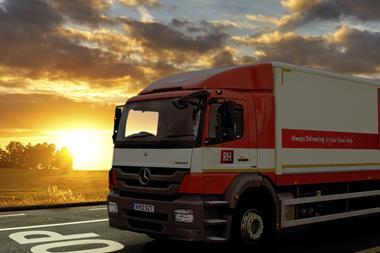
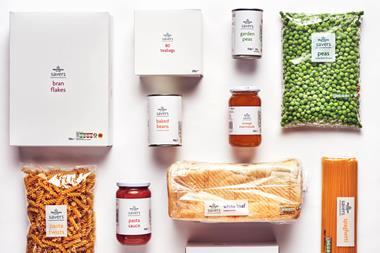



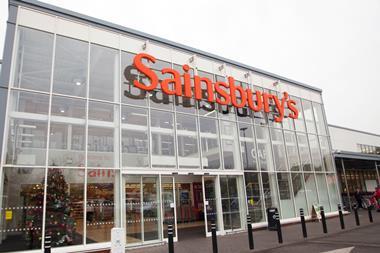
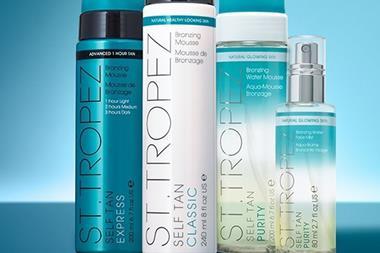

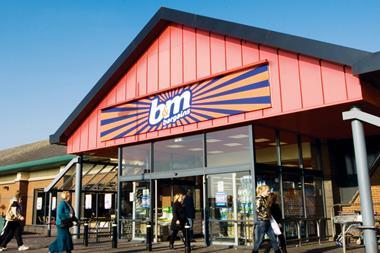
No comments yet